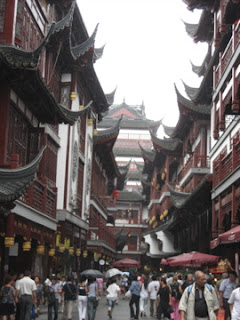 ay is to look only at the heart of the city, but it would take a longer trip than four days to do an
ay is to look only at the heart of the city, but it would take a longer trip than four days to do an y
ylegitimate exploration of the parts of Shanghai that predate the economic boom and takeover by westerners in the mid-19th century.) It was a funny place for a first glimpse of China: on one hand, there are enough familiar elements to make it digestible for westerners in their first days of Asian travel, but on the other, unless you are Paris Hilton, sights like Prada and Louis Vitton stores on every other block don’t necessarily make you feel at home. The glitz is attractive, at least at first glance, but doesn’t do much to conceal the toxic haze that hangs over the city, even while the nearby countryside enjoys crystal-clear blue skies.
But I’m b
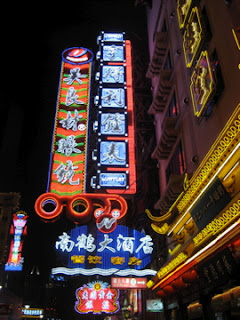 eing unfair. After a few days there, my overall assessment of Shanghai is that its main tourist areas (the shopping areas on Nanjing Donglu, the main strip on HuaiHai in the French Concession, Yuyuan Bazaar, the Bund) don’t do much for me. They’re one part Gucci, one part Disney, one part pushy colonial Europe, and one part roaring, strapping capitalism and consumerism gone wild. However, once you take a step off your sightseeing agenda map, you’re confronted by one of two things: either a seedy, grimy, dilapidated city center grappling with urban decay and all the regular problems big cities have, or else a young, hip, vibrant, cosmopolitan metropolis with good food, good bars, good (small, independent) shops and general good living. Both of these are present and emerge visibly after a few days and some long walks between recommended tourist destinations, and both are preferable to the tourist destinations, if you ask me.
eing unfair. After a few days there, my overall assessment of Shanghai is that its main tourist areas (the shopping areas on Nanjing Donglu, the main strip on HuaiHai in the French Concession, Yuyuan Bazaar, the Bund) don’t do much for me. They’re one part Gucci, one part Disney, one part pushy colonial Europe, and one part roaring, strapping capitalism and consumerism gone wild. However, once you take a step off your sightseeing agenda map, you’re confronted by one of two things: either a seedy, grimy, dilapidated city center grappling with urban decay and all the regular problems big cities have, or else a young, hip, vibrant, cosmopolitan metropolis with good food, good bars, good (small, independent) shops and general good living. Both of these are present and emerge visibly after a few days and some long walks between recommended tourist destinations, and both are preferable to the tourist destinations, if you ask me.Absent in all this, it may seem, is the “authentic China” every tourist is probably seeking, and I know that’s there, too; the trick is to redefine authentic in a way that suits a coastal cosmopolis of 17 million. There is no way that a city like Shanghai won’t in many respects resemble cities like New York, Paris, or London, and that has nothing to
 do with the West infiltrating the East – it’s just a matter of huge cities attracting people and things from all over the world, and gradually blurring their cultural identities and converging on each
do with the West infiltrating the East – it’s just a matter of huge cities attracting people and things from all over the world, and gradually blurring their cultural identities and converging on each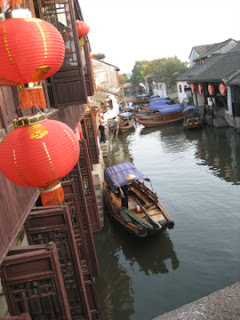 other. And naturally, that’s why it’s senseless to visit Shanhai and feel that you know much about China, so the net result of this Chuseok getaway was to make me even more eager to see more of the country – particularly the interior. We had a chance to see a bit of China’s old village life when we visited a 900-year-old water town, Zhouzhuang, about an hour outside of Shanghai. This place was practically too charming to be real, so it would probably be a mistake to equate its painstakingly restored canals and bridges with regular small-town China, but it was nice to see an area that hadn’t been parceled up and developed by greedy European superpowers in the 1800’s.
other. And naturally, that’s why it’s senseless to visit Shanhai and feel that you know much about China, so the net result of this Chuseok getaway was to make me even more eager to see more of the country – particularly the interior. We had a chance to see a bit of China’s old village life when we visited a 900-year-old water town, Zhouzhuang, about an hour outside of Shanghai. This place was practically too charming to be real, so it would probably be a mistake to equate its painstakingly restored canals and bridges with regular small-town China, but it was nice to see an area that hadn’t been parceled up and developed by greedy European superpowers in the 1800’s.It’s odd that I made it through three paragraphs without mentioning the huge visual impact that Shanghai makes when you arrive there for
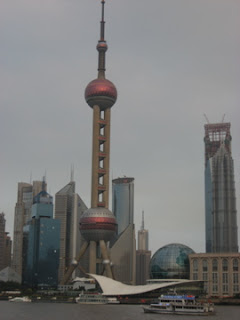 the first time – the skyscrapers, as you can see in photos, are otherworldly. The city must have more than 20 buildings that would be THE famous building in almost any other city I’ve visited. The new area, Pudong, is the most exceptional in this respect – I don’t think they’ve built anything on that side of the Huangpu river but skyscrapers – but even deep in Puxi, on the western “Old Shanghai” side of the river, it is easy to stumble from so much staring upward in awe. After all of my bitching about fancy malls and Gucci stores, you’d think I’d be disgusted by these colossal monuments to capitalism that are literally taxing the city’s foundations and causing it to sink into the ground, but no. I thought they were amazing, some of them truly beautiful (particularly the tallest building in China, the Jin Mao tower, which Chris and I were able to explore on two separate occasions – next time we go to Shanghai, we’re splurging on its Hyatt, the highest hotel in the world), and others ridiculous (i.e. the Pearl tower, the one with those silly pink balls that’s in the foreground in most of the photos) but still striking.
the first time – the skyscrapers, as you can see in photos, are otherworldly. The city must have more than 20 buildings that would be THE famous building in almost any other city I’ve visited. The new area, Pudong, is the most exceptional in this respect – I don’t think they’ve built anything on that side of the Huangpu river but skyscrapers – but even deep in Puxi, on the western “Old Shanghai” side of the river, it is easy to stumble from so much staring upward in awe. After all of my bitching about fancy malls and Gucci stores, you’d think I’d be disgusted by these colossal monuments to capitalism that are literally taxing the city’s foundations and causing it to sink into the ground, but no. I thought they were amazing, some of them truly beautiful (particularly the tallest building in China, the Jin Mao tower, which Chris and I were able to explore on two separate occasions – next time we go to Shanghai, we’re splurging on its Hyatt, the highest hotel in the world), and others ridiculous (i.e. the Pearl tower, the one with those silly pink balls that’s in the foreground in most of the photos) but still striking.So, this post is getting unappealingly long, but anyone who reads it and doesn’t know much about China may be confused by the same thing that baffled me the entire time I was there. Isn’t China a communist country? I’ve been trying to figure that out, and my conclusion is that I don’t really know what a communist country is. China, I believe, still calls itself communist – the nation is founded on and still maintains its support of “communist ideals” and is governed by the Communist Party – but in effect it is neither communist nor even socialist at this point. Free enterprise is the rule, with Chinese citizens owning their own property and controlling their own income. From what I hear, taxation is quite low, much lower than in the US and many other nations. And everything we saw in Shanghai see
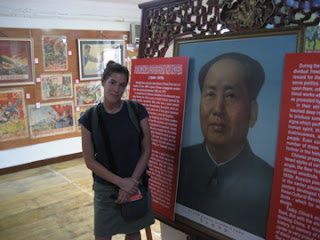 med to support this fact – compared to Cuba, for example, a nation that still acts and feels communist in many respects, China seemed as capitalist as any country I’ve seen. The fancy malls and fine restaurants I’ve already mentioned were certainly not built solely for the tourists; on the contrary, they were frequented largely by Chinese. I read a bit on the Internet trying to find an answer to this question, and learned that Chinese citizens are not restricted from traveling abroad, either (not that this is a prerequisite of communist leadership, but it was one of the facets of the Cuban system that we found shocking and objectionable). Apparently, after Mao died, his successors started the economic reform that has enabled China to become the fourth-largest economy in the world, and that allows the Chinese to benefit directly from the profits their industry is generating (although that last part is kind of a chicken-or-the-egg statement . . . their ability to benefit may have caused the profits to be generated in the first place, right?).
med to support this fact – compared to Cuba, for example, a nation that still acts and feels communist in many respects, China seemed as capitalist as any country I’ve seen. The fancy malls and fine restaurants I’ve already mentioned were certainly not built solely for the tourists; on the contrary, they were frequented largely by Chinese. I read a bit on the Internet trying to find an answer to this question, and learned that Chinese citizens are not restricted from traveling abroad, either (not that this is a prerequisite of communist leadership, but it was one of the facets of the Cuban system that we found shocking and objectionable). Apparently, after Mao died, his successors started the economic reform that has enabled China to become the fourth-largest economy in the world, and that allows the Chinese to benefit directly from the profits their industry is generating (although that last part is kind of a chicken-or-the-egg statement . . . their ability to benefit may have caused the profits to be generated in the first place, right?).Anyway, in the interest of posting this before January, I’ll stop here. Obviously, I’ve barely begun to learn about China, and with any luck our plans to spend a few weeks there next June will pan out and we’ll have more first-hand education. I had meant to say a few things about Chinese characters and our brief introduction to them, but suffice it to say that if 90% of the Chinese are literate and can read those things, I have no doubt that they are capable of just about anything.

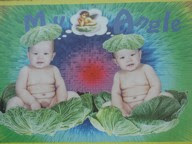

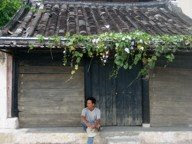
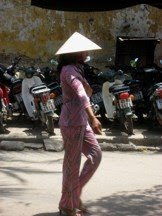
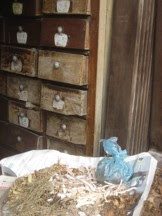

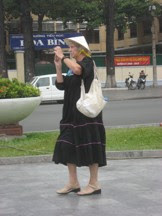
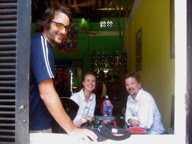
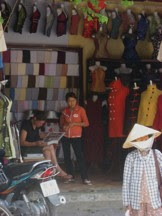
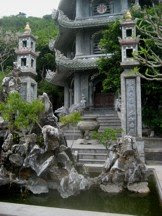


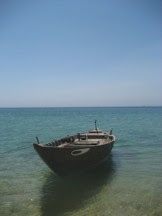
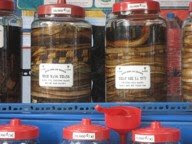
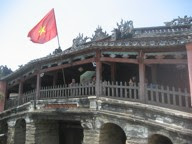
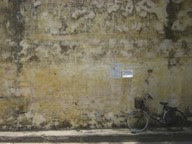
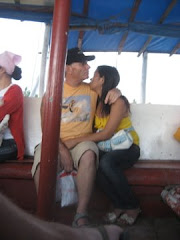

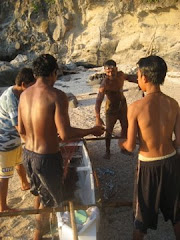
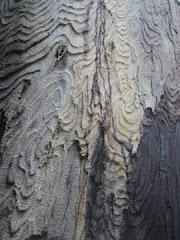

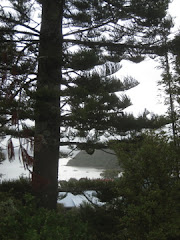
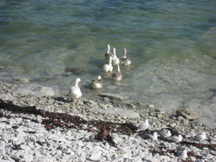
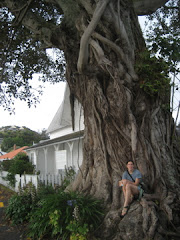

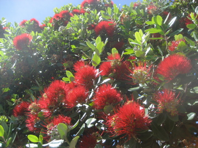

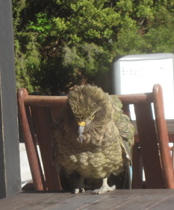
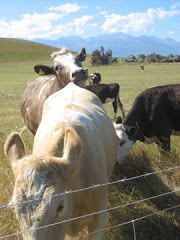
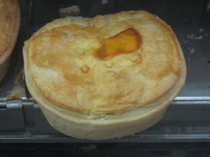
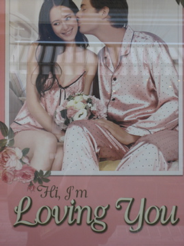
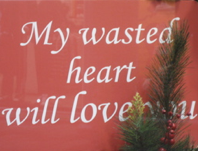

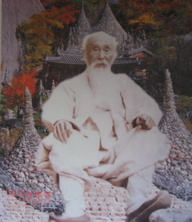
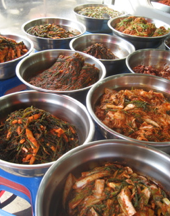

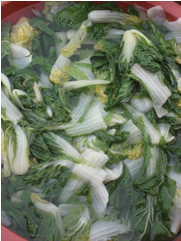
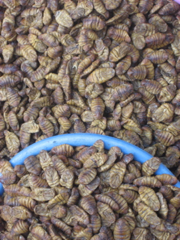

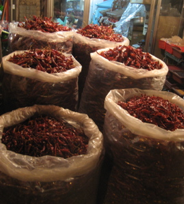
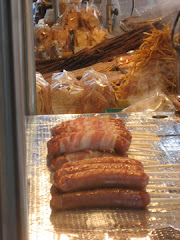




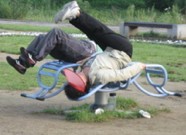
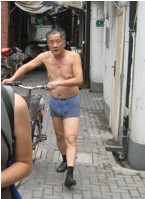


7 comments:
Nice post...even though long winded! The most communist thing about China and where the "taxes" are hidden is the way most business are set up (even this is changing though). To have a factory, store, bar, etc you have to got into a "joint venture" with the Chinese government which means they own a percentage of your business. If they provide the land for your business they might own 50% or more. Also any business involved in exporting also pays heavy tax bringing raw materials in and then finished product out. There is a ton of grift in the import/export tax system. In each small region there are government officials called "party (communist) chiefs". These party chiefs are not in charge of appetizers and cocktails...they generally control how much of the taxes get collected properly and how much gets grifted back into the local business "owners" and to themselves. It might be different in other parts of China but this seems to be the way it goes in the Southern China industrial areas where the USA gets tons and tons of its cheap goods.
In the end the workers get the shaft on this system. Glad your trip was safe and fun!
Hey Geoff, thanks for the explanation (I should have asked you before I tried to figure this out based on guesswork & Wikipedia). It seems like kind of an ironic system if communism is supposed to be all about the little man, huh?
You are still up, nice! I'm no expert, and I'm sure it is even more complicated than the small corner of China that I know about...what always baffles me is that so many of these "joint ventures" are with Taiwanese and Korean companies...it is very hard for a Chinese national to be anything but a worker or some middle management person. It seems the "party" and family of the party are still the tiny privileged class
You guys are hot
great pics. to follow up on the grift train of thought I wonder if that's why we haven't been able to have more success in the last couple of awesome wars we've been in -- when we attempt to buddy up to the locals, we forget how much of the world works -- not on the "do the right thing for your fellow man" system but on the greased palm system. that's also why communism seems so hilarious -- sorry to drop this down to the freshman dorm level of speculation though.
oh and another thing, what's the korean take on the burma situation?
Wow! these Shanghai buildings are insane. It's like something straight out of star wars.
Post a Comment